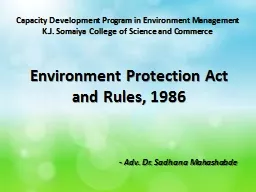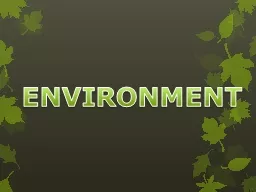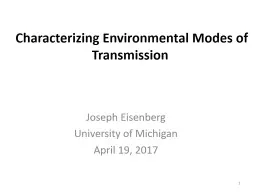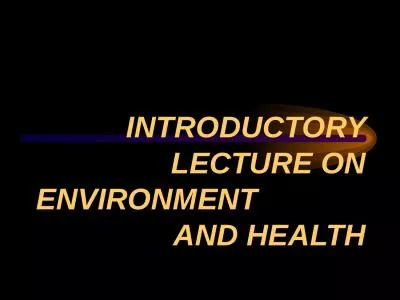PPT-Characterizing the Physical Environment
Author : phoebe-click | Published Date : 2015-12-05
Reading Anderson and Ingram Tropical Soil Biology and Fertility A Handbook of Methods Chap 2 Site Description available as electronic reserve on the web page Also
Presentation Embed Code
Download Presentation
Download Presentation The PPT/PDF document "Characterizing the Physical Environment" is the property of its rightful owner. Permission is granted to download and print the materials on this website for personal, non-commercial use only, and to display it on your personal computer provided you do not modify the materials and that you retain all copyright notices contained in the materials. By downloading content from our website, you accept the terms of this agreement.
Characterizing the Physical Environment: Transcript
Download Rules Of Document
"Characterizing the Physical Environment"The content belongs to its owner. You may download and print it for personal use, without modification, and keep all copyright notices. By downloading, you agree to these terms.
Related Documents














